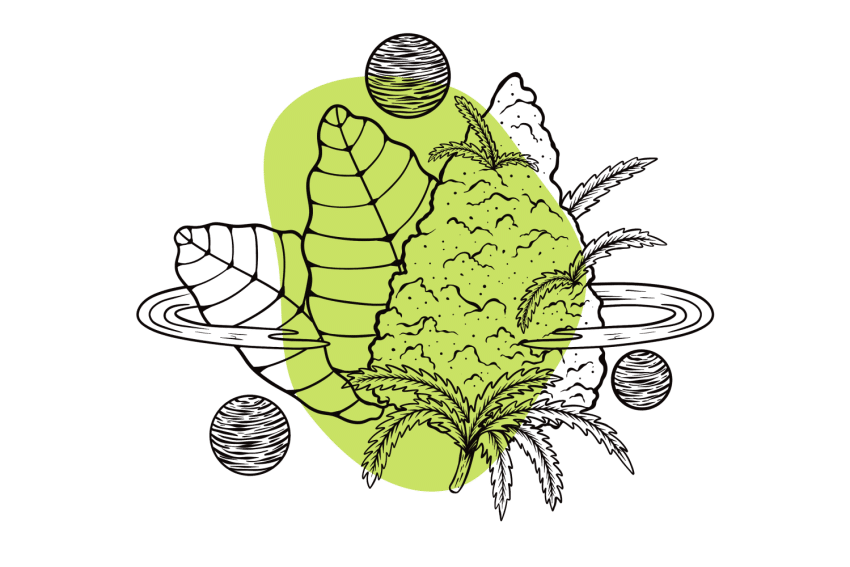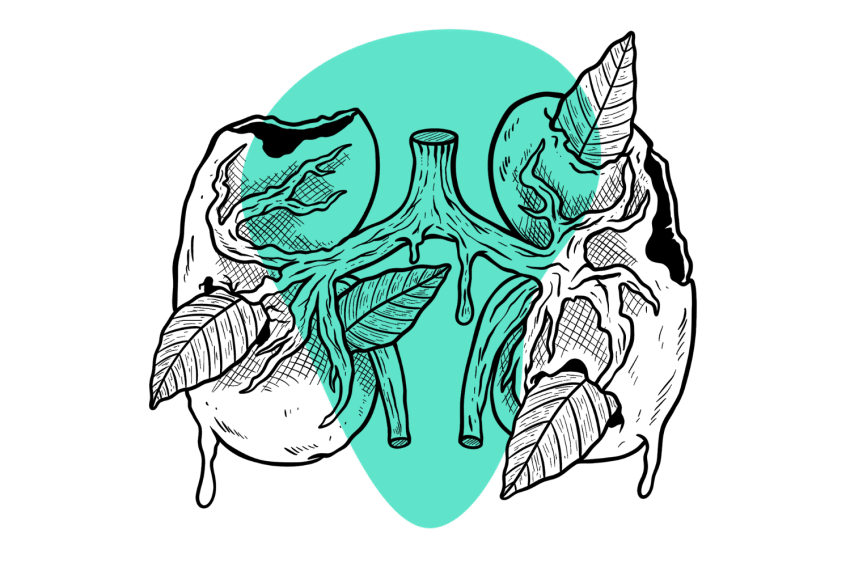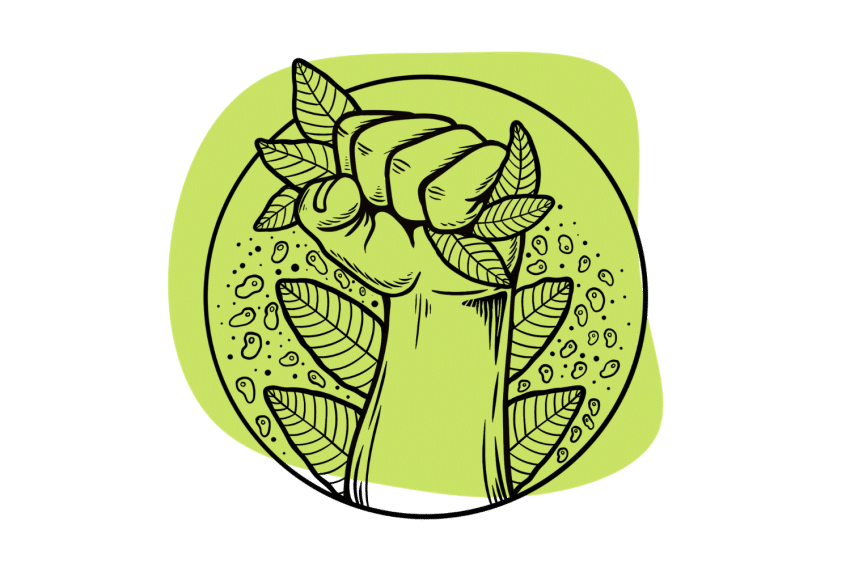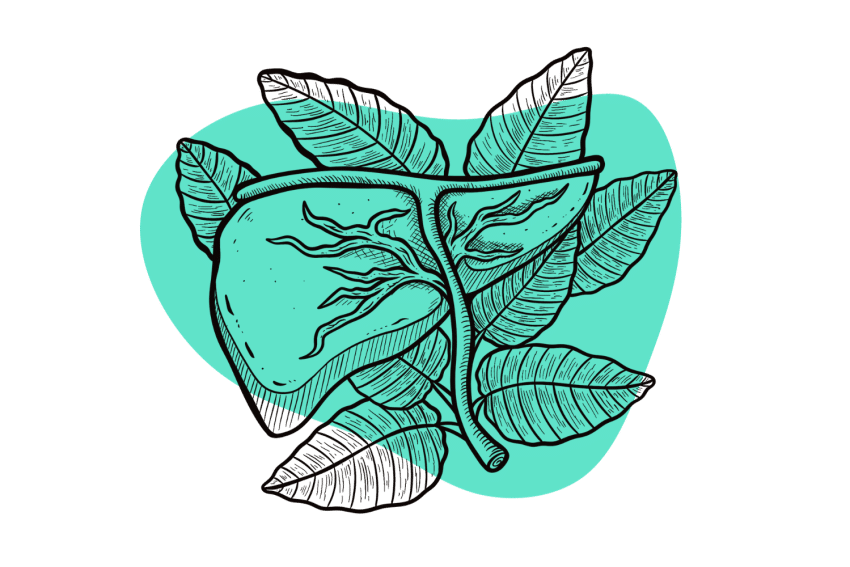How to Make (Palatable) Kratom Tea In 6 Easy Steps
There’s nothing complicated about making kratom tea, and you could figure it out on your own, but here’s how to make it more potent and taste better.
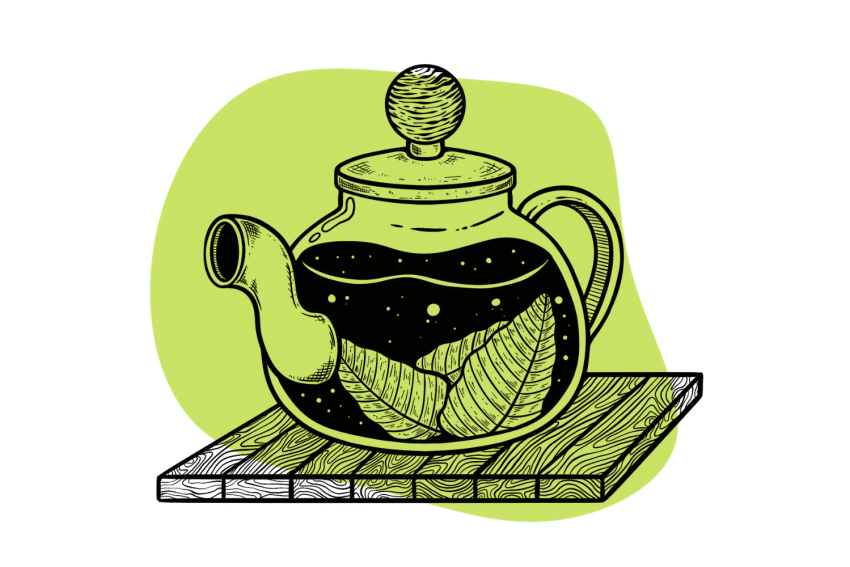
This is one of the most popular ways to take kratom; it’s simple to prepare and easy to drink.
Follow these tips for making the best tea possible, along with some additions that can improve the taste and potency of this powerful coffee alternative, herbal painkiller, and mood enhancer.
How to Make Kratom Tea: Step-By-Step
Making kratom tea is similar to any other herbal tea — the longer you let it sit, the stronger it will be, up to a point.
There are three main types of kratom tea:
- Ready made teabags
- Refillable tea filters
- Raw powder and water (no filter)
What You Need
- 6-8 oz of hot water, just under a boil
- One dose of kratom in tea bags, crushed leaves, or powder
- Strainer (optional)
- Other additions like lemon juice, herbal tea, and sweeteners (optional)
Steps
- Heat the water to just under a boil
- Add the tea bag(s), leaves, or powder
- Stir and let sit for 5-20 minutes
- Remove tea bags or strain, if desired
- Add any other ingredients and stir
- Enjoy! (If you’re using powder and don’t strain it, make sure you stir it occasionally while drinking it.)
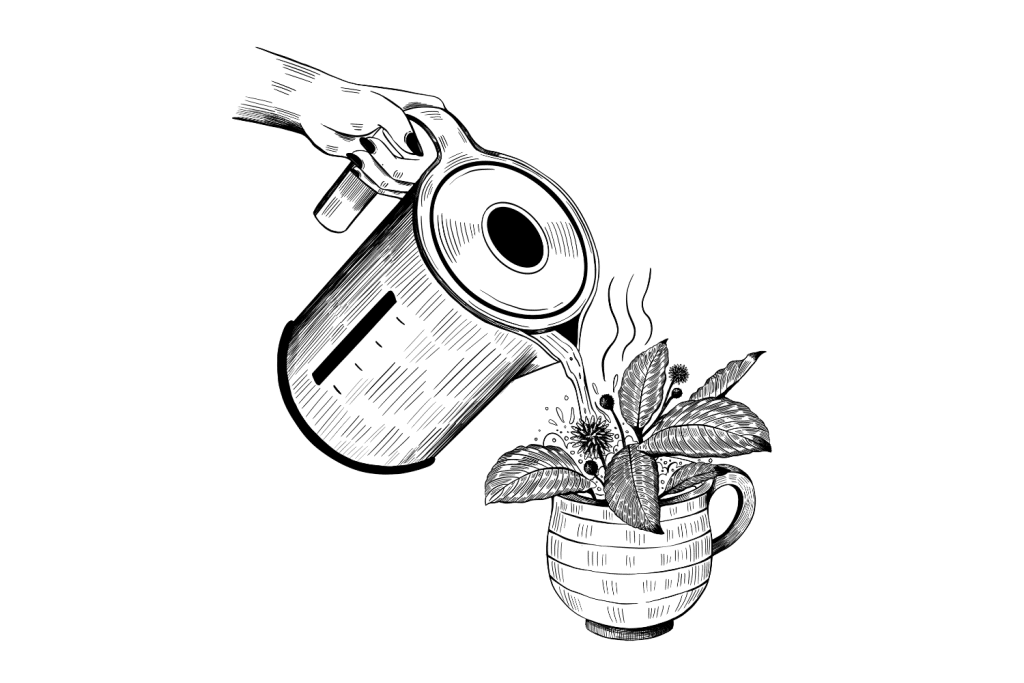
Boosting the Potency & Taste
Some things can make kratom taste better, help the effects, or reduce the chances of some side effects.
Lemon Juice
Like all citrus, lemon is a great potentiator and makes the kratom tea taste better. When making the tea, add the lemon juice with the kratom and let it sit.
Herbal Tea
When adding the kratom, feel free to use other teas as well — some help mask the taste while others add to the effects.
- Peppermint: Calms an upset stomach and is energizing
- Chamomile, Lavender, Lemon Balm: Soothing and calming, reduces stress and promotes relaxation
- Yerba Mate: Great for energy, and the flavor blends well with kratom
- Green or Black Tea: Minimal flavor to mask the taste with a small dose of caffeine
Milk
Any kind of milk can help reduce the harshness of kratom — dairy, almond, coconut, etc. Heavy cream adds extra richness.
Sweetener
Again, use whatever floats your boat. Sugar, monk fruit, Stevia, honey, anything goes. The sweetness does a good job of covering kratom’s taste, but some people don’t care for the combination.
Kratom Tea Dosage
The biggest issue can be figuring out how much kratom you need. It’s not like taking ibuprofen, where the dose is pretty standard.
Here’s a good starting point, depending on the effects you’re after.
Remember that dosage is highly personal and depends on many factors, like weight, tolerance, and whether you’ve eaten. As a general rule, start at the lower end and only add more if you need it.

Kratom Tea for Pain
You can get by with a smaller amount of kratom if you are treating mild pain. Otherwise, you’ll need a large dose, about 5-10 grams.
Red strains work best for pain due to their high levels of 7-hydroxymitragynine, one of kratom’s primary alkaloids and a potent opioid agonist [1].
However, note that these doses and strains are also sedating. If you need to be alert, try Red Maeng Da or Green Bali.
Learn More: Kratom For Pain (Best Strains, Dose, & What Side-Effects to Expect)

Kratom Tea for Sleep
Just like for pain, it takes large doses for kratom to be sedating; otherwise, you’ll get the opposite effect and end up wide awake.
Try 5-8 grams of a red strain for relaxation and sleep; Red Bali or Red Borneo are nice at bedtime.
Learn More: Kratom For Sleep & Insomnia
Kratom Tea for Energy
Anything from 1-4 grams of kratom will provide energy, focus, and motivation. White strains are best for this purpose.
If you deal with anxiety, tread carefully. Too much will aggravate it. Try a green strain for a more mild and balanced boost that won’t be overwhelming.
Learn More: The Energizing Benefits of Kratom (How To Use as a Coffee Alternative)

Kratom Tea for Mood
Kratom also acts on the dopamine and serotonin receptors, making it very effective for mood [2]. Any amount and strain can help, but 2-5 grams is the most common, and green strains are perfect. Green Malay is well-known for its euphoric effects.
Learn More: Kratom For Mood & Euphoria
Kratom Tea for Anxiety
Use 3-6 grams of a yellow or red strain if you’re feeling anxious. Some green strains can help; just don’t choose one that’s too stimulating. Yellow strains are excellent for when you need to be awake, as many provide a bit of a boost.
Kratom Tea Risks & Side-Effects
Kratom in any form can cause side effects, including addiction. There are other risks to be aware of, too, like drug interactions. With responsible use, kratom is quite safe and has minimal risk.
Here are three easy rules to follow in order to stay safe.
1. Never Use Kratom With Drugs or Medications
Kratom is metabolized by the same enzymes (CYP450) that metabolize many drugs and other substances [3]. It also acts on many of the same receptors, meaning there are many ways it could cause adverse interactions.
Most deaths involving kratom also involve other drugs like opioids, benzodiazepines, and amphetamines.
Talk with your doctor before using kratom if you’re on any prescriptions or supplements.
2. Watch How Much Kratom You Take
Kratom is an atypical opioid and can be addictive, but it’s not like regular opioids. It’s harder to become addicted — it’s more likely to happen after many months of heavy and consistent dosing — and the withdrawal symptoms are less severe — most people manage to overcome them on their own [4].
But addiction is addiction, so it’s important to avoid it.
It’s easy to fall into the habit of using kratom consistently throughout the day like you would coffee. This builds a tolerance, causing you to increase the amount you take in order to feel the effects. To keep this from happening, only use kratom when you really need it and take breaks from it every week — usually, two days is sufficient.
3. Only Buy From Trustworthy Vendors
Contamination and adulteration can make kratom far more dangerous, and it’s a big risk since it’s unregulated in most places.
Look for vendors that have their kratom tested by third-party labs. Bonus points if they share those results.
Also, make use of customer reviews. They can give you a glimpse of what kind of company you’re dealing with.
Online vendors usually have the best prices and selection and are easier to vet. Most reputable ones post their lab results or at least go into detail about their manufacturing processes.

Kratom Tea FAQs
1. What other ways can I take kratom?
There are plenty of ways to take kratom if tea doesn’t sound like, well, your cup of tea. Sorry.
If you can stomach it, toss-and-wash is a popular choice. This involves putting the dose into your mouth and washing it down with a drink. Other ways taste better — capsules, edibles, and shots, to name a few. These are also more expensive, so there’s a trade-off.
2. Is kratom safe to use everyday?
It can be safe for daily use; many use kratom for chronic pain, and it has quite literally saved their lives. However, this is how addiction is formed, so it requires diligence. It’s best to use an alternative for a few days every week.
3. What are some kratom alternatives?
There are many ways to replace kratom when taking a break, but what you choose depends on what you’re using it for.
Some vendors sell kratom reset packs, which usually consist of stem and vein, Mitragyna hirsuta, or Mitragyna javanica, both relatives of kratom (Mitragyna speciosa).
Talk to your doctor about alternatives if you’re using kratom for severe pain. Otherwise, it’s pretty easy to swap out. Plenty of herbs and supplements can help with sleep, energy, and mood.
References
- Obeng, S., Leon, F., Patel, A., Gonzalez, J. D. Z., Da Silva, L. C., Restrepo, L. F., … & Hiranita, T. (2022). Interactive effects of µ-opioid and adrenergic-α2 receptor agonists in rats: pharmacological investigation of the primary kratom alkaloid mitragynine and its metabolite 7-hydroxymitragynine. Journal of Pharmacology and Experimental Therapeutics, 383(3), 182-198.
- Johnson, L. E., Balyan, L., Magdalany, A., Saeed, F., Salinas, R., Wallace, S., … & Grundmann, O. (2020). Focus: Plant-based Medicine and Pharmacology: The Potential for Kratom as an Antidepressant and Antipsychotic. The Yale journal of biology and medicine, 93(2), 283.
- Tanna, R. S., Cech, N. B., Oberlies, N. H., Rettie, A. E., Thummel, K. E., & Paine, M. F. (2023). Translating kratom-drug interactions: from bedside to bench and back. Drug Metabolism and Disposition, 51(8), 923-935.
- Singh, D., Narayanan, S., Müller, C. P., Swogger, M. T., Rahim, A. A., Leong Bin Abdullah, M. F. I., & Vicknasingam, B. K. (2018). Severity of kratom (Mitragyna speciosa Korth.) psychological withdrawal symptoms. Journal of psychoactive drugs, 50(5), 445-450.



